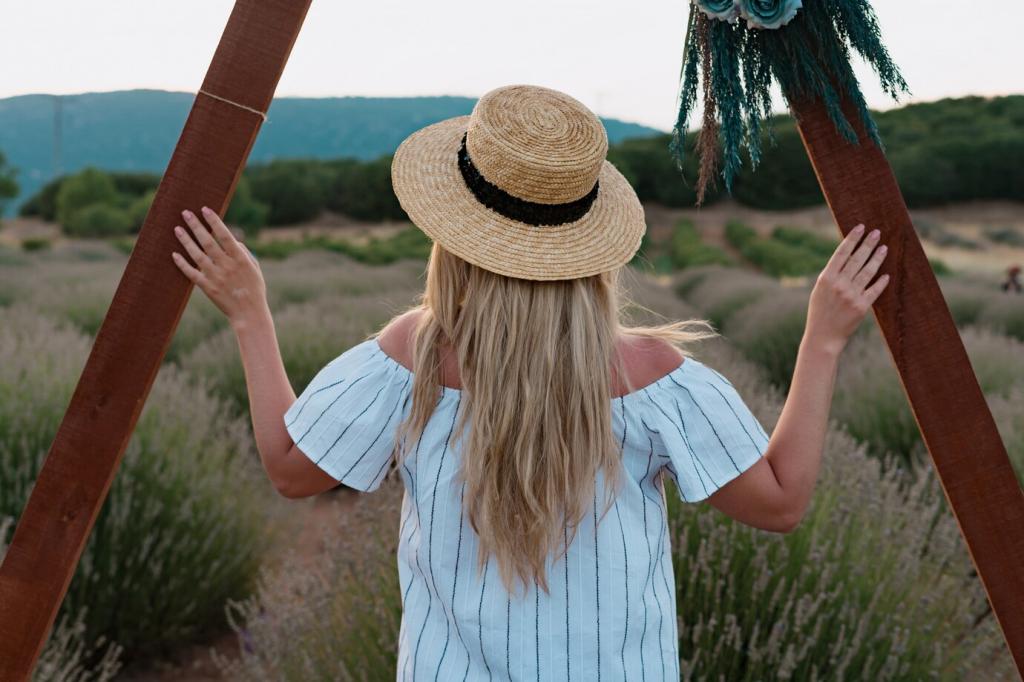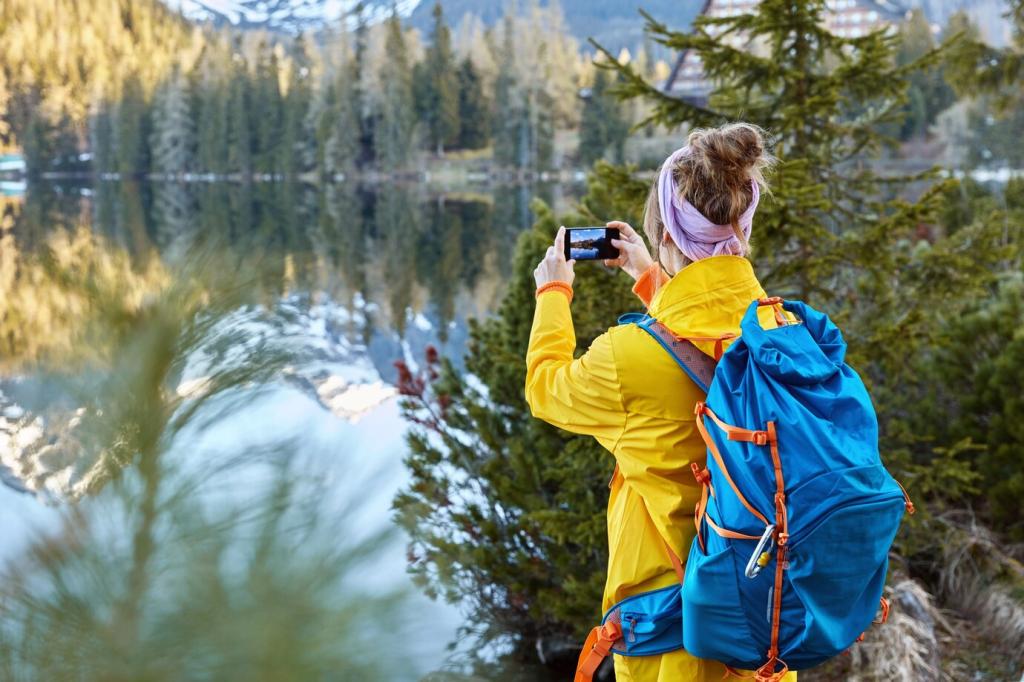Food, Waste, and Scent Discipline
Even beyond bear territory, store all attractants—food, trash, toothpaste—in canisters or lockers. Cook away from your sleeping area and clean thoroughly. Share your best storage systems to help others travel responsibly.
Food, Waste, and Scent Discipline
Pack out microtrash, from tea tags to bar wrappers. Dig catholes far from water, and use wag bags above treeline where soils are fragile. Pledge in the comments to keep mountain habitats pristine.







